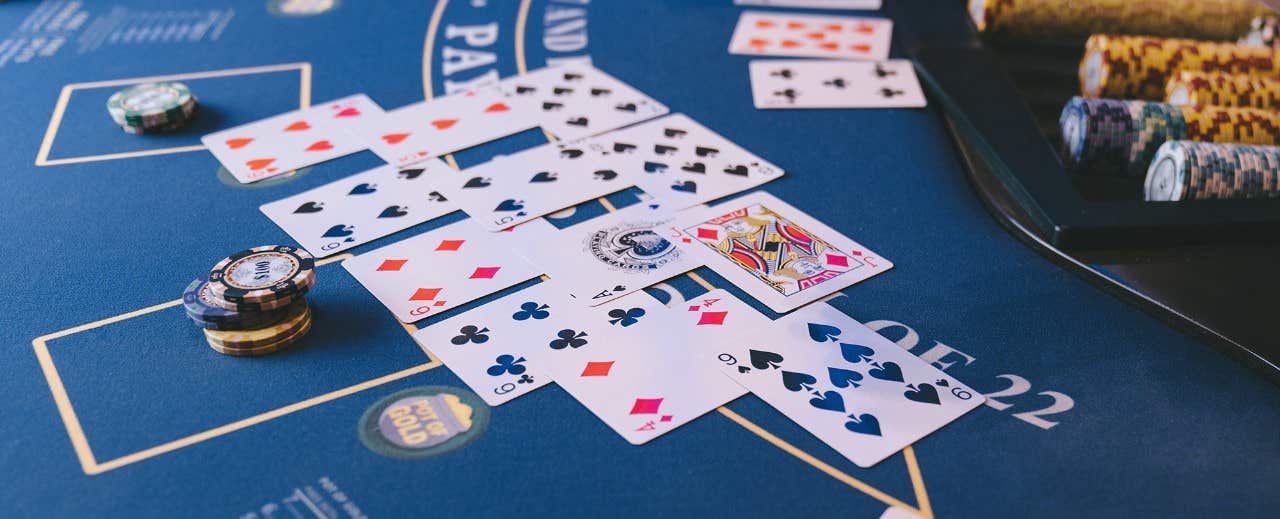The Four Essential C’s of Lab-Grown Diamonds: What They Mean for You

Introduction to Lab-Grown Diamonds
What Are Lab-Grown Diamonds?
Lab-grown diamonds, otherwise called synthetic or refined diamonds, are basically equivalent to regular diamonds with regards to their physical and compound properties. They are created in a controlled climate that emulates the regular circumstances under which diamonds form, bringing about stones that are both staggering and sturdy.
How Are Lab-Grown Diamonds Created?
There are two fundamental strategies for making lab grown diamonds 4Cs: High Strain High Temperature (HPHT) and Substance Vapor Testimony (CVD). The HPHT technique emulates the outrageous strain and temperature states of the World’s mantle, while CVD includes a gas blend that bonds carbon molecules to a diamond seed, progressively developing the diamond.
The 4Cs of Diamonds
While assessing both normal and lab-grown diamonds, the 4Cs — Cut, Color, Clearness, and Carat weight — are the vital factors to consider.
Cut
What Is the Cut of a Diamond?
The slice of a diamond alludes to how well it has been molded and faceted. Dissimilar to the diamond’s shape, which alludes to the general form (like round, oval, or heart-molded), the cut assesses the nature of the diamond’s proportions, evenness, and clean. A very much cut diamond will mirror light in a manner that boosts its splendor and shimmer.
How Lab-Grown Diamonds Look at
Lab-grown diamonds can be sliced to similar elevated requirements as regular diamonds. Since they are created under controlled conditions, it’s often more straightforward to accomplish exact cuts without the considerations or abnormalities that can happen in normal stones. This often brings about lab-grown diamonds with superior brightness and fire.
Color
Understanding Diamond Color
Diamond color is evaluated on a scale from D (colorless) to Z (light yellow or brown). The less color a diamond has, the higher its worth. This is on the grounds that diamonds that are nearer to colorless permit more light to go through them, upgrading their splendor.
Lab-Grown Diamonds and Color
Lab-grown diamonds can be delivered in many colors, very much like normal diamonds. Many lab-grown diamonds are close colorless, and they might be created in extravagant colors like pink or blue. The color reviewing of lab-grown diamonds follows similar scale as normal diamonds, guaranteeing consistency and exactness.
Lucidity
What Is Diamond Lucidity?
Lucidity alludes to the presence of inner or outside imperfections, known as incorporations and flaws. The clearness scale goes from Impeccable (no incorporations apparent under 10x amplification) to Included (considerations apparent to the unaided eye). Higher lucidity diamonds are more significant on the grounds that they are more uncommon and more outwardly engaging.
Clearness in Lab-Grown Diamonds
Lab-grown diamonds normally have less considerations and flaws contrasted with regular diamonds, because of the controlled climate wherein they are created. This often implies that a lab-grown diamond with a high lucidity grade can be more affordable than a tantamount regular diamond.
Carat Weight
Characterizing Carat Weight
Carat weight estimates the size of the diamond. One carat rises to 200 milligrams. Bigger diamonds are more uncommon and for the most part more important, albeit the other Cs likewise assume a critical part in deciding by and large worth.
Carat Weight in Lab-Grown Diamonds
Lab-grown diamonds are available in an extensive variety of carat loads. Since they are created in a controlled climate, it’s feasible to deliver bigger stones with less constraints than with regular lab diamonds. This can make bigger lab-grown diamonds more open and affordable.
Contrasting Lab-Grown Diamonds and Normal Diamonds
Value Contrasts
One of the main benefits of lab-grown diamonds is their cost. They are ordinarily 20-40% more affordable than their normal partners, because of the decreased expense of creation and the shortfall of mining costs.
Ecological Effect
Lab-grown diamonds have a lot more modest ecological impression contrasted with normal diamonds. They don’t include mining, which can be hurtful to biological systems and networks. Picking lab-grown diamonds is often viewed as a more feasible choice.
Quality and Life span
As far as quality, lab-grown diamonds are for all intents and purposes unclear from normal diamonds. They have similar physical and compound properties, it are similarly strong and dependable to guarantee that they. Whether you pick a lab-grown or normal diamond, you are getting a gemstone that will persevere over the long run.
Picking the Right Lab-Grown Diamond for You
Factors to Consider
While choosing a lab-grown diamond, consider the 4Cs and how they line up with your inclinations and financial plan. Ponder the cut, color, lucidity, and carat weight that best suit your necessities. Furthermore, consider the diamond’s origin and affirmation to guarantee you’re pursuing an informed decision.
Individual Inclinations
Eventually, picking a diamond is an individual choice. Whether you prioritize a bigger carat weight, a particular color grade, or a specific cut, your inclinations will direct your decision. Lab-grown diamonds offer a large number of choices, permitting you to track down the ideal stone for your necessities.
Conclusion
Lab-grown diamonds give an intriguing option in contrast to regular diamonds, offering a similar wonder and sturdiness at a more open cost. By figuring out the 4Cs — Cut, Color, Lucidity, and Carat weight — you can go with an informed choice while buying a lab-grown diamond. Whether you pick a lab-grown or normal diamond, the key is to choose a stone that meets your own inclinations and way of life. With their lower ecological effect and similar quality, lab-grown diamonds are a convincing decision for many purchasers.







